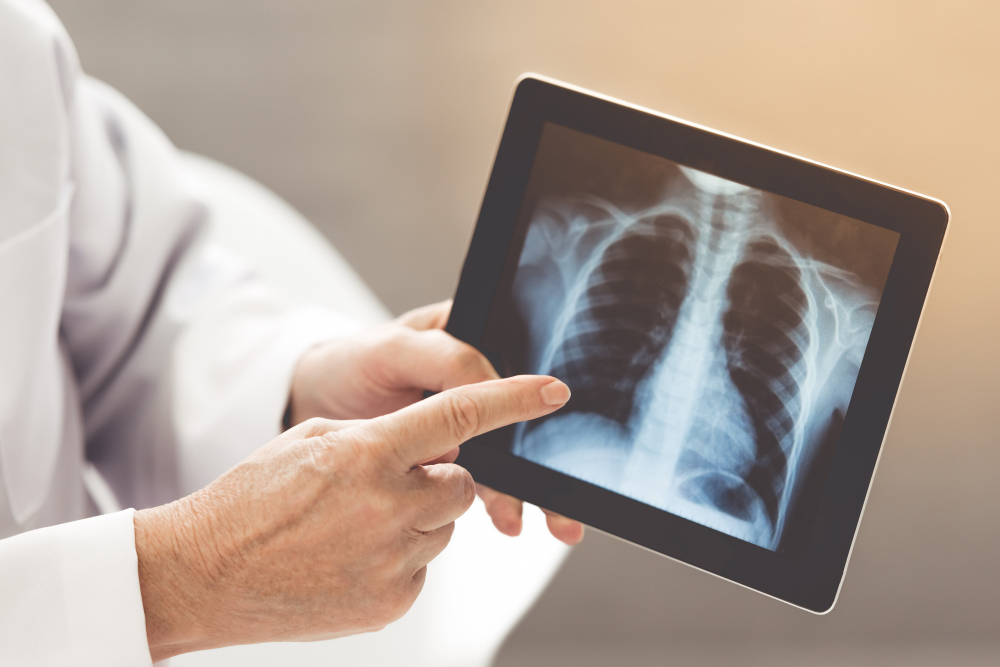Last year, around 12,000 people in the UK died from lung diseases estimated to be linked to past exposure at work. Could you recognise the symptoms of lung disease and understand workplace activities that can contribute towards it?

Employers’ legal duties
As an employer, you have a legal duty to protect workers’ respiratory health.
Breathing in certain dust, gases, vapours and fumes at work can cause life-changing lung disease.
Employers are obliged by law to protect their workers by using:
- alternative processes
- less hazardous materials
- enclosures/effective ventilation
- protective equipment – as a last resort
The most important thing is to keep workplace air clean through natural or forced ventilation measures and filtration systems.
High-risk work
Some work can cause life-threatening lung diseases, processes such as
- Construction – cutting, drilling and sanding
- Welding processes including aluminium and stainless steel
- Stonework – cutting, sanding and drilling
- Cement and concrete manufacture
- Woodworking – sanding
- Baking and milling – dusts associated with mixing products
- Quarry work – dust from the disturbance of materials.
Principles of good control practice
Good practice in the control of substances hazardous to health can be encapsulated in eight generic principles. They must all be applied to obtain effective and reliable control. The principles overlap in their application. They are not ordered by rank – the first is not more important than the last – although there is a logic to their overall order of presentation.
- Minimise emission, release and spread
- Consider routes of exposure
- Choose control measures proportionate to the risk
- Choose effective control options
- Review the effectiveness of controls
- Provide information and training
- New measures, new risks
- Personal protective equipment – the final control option
Assessment
All of this risks and controls outlined above need to be considered as part of your risk assessment, method statement and CoSHH assessment as these need to be documented and briefed to workers.
If workers understand the hazards from the tasks, we have to have faith (along with effective supervision) that the required control measures will be used correctly.






